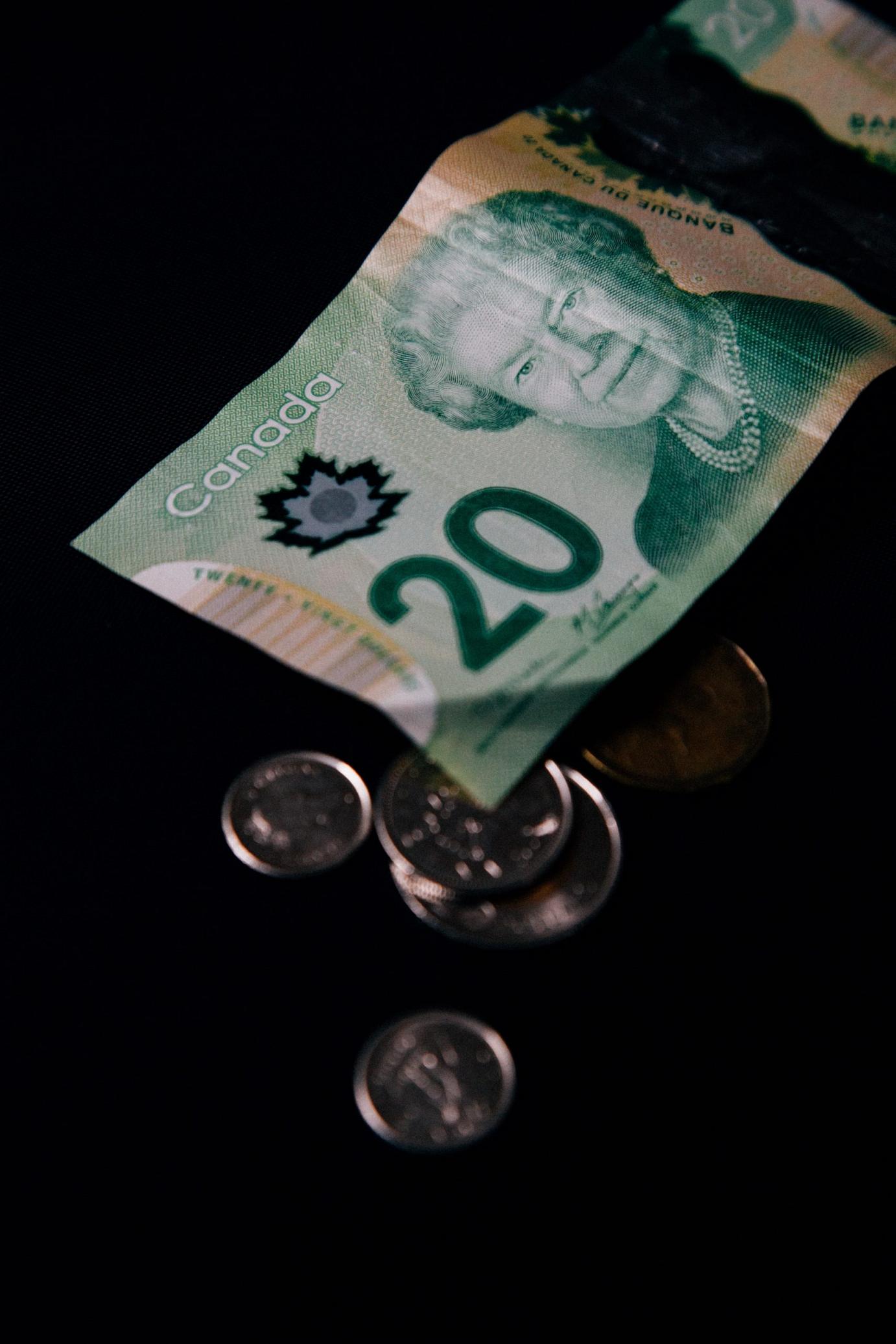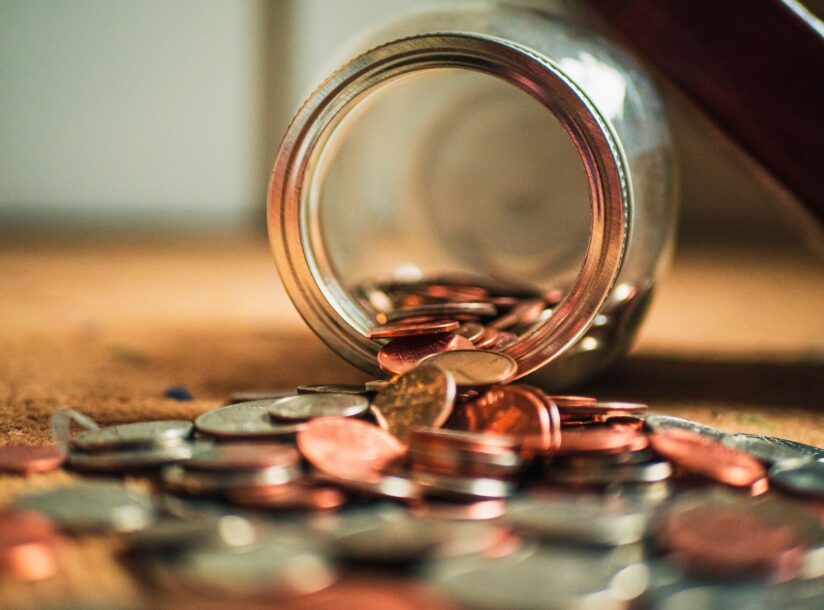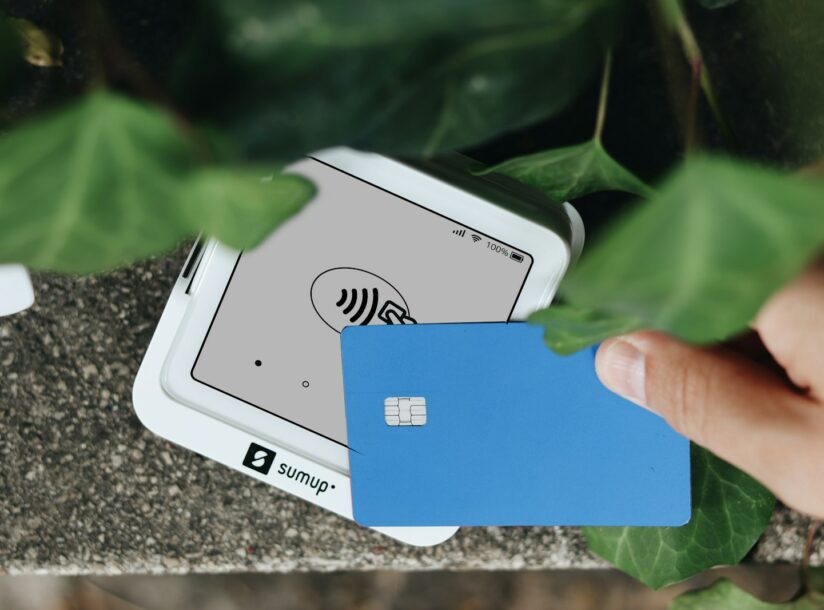How Much Does It Cost to Declare Bankruptcy in Canada?

Many people in their lifetime will struggle with debt and become overwhelmed to the point that they consider filing bankruptcy—and often, they ask is “How much does filing for bankruptcy cost?”

The answer to that question is a solid—”it depends.” Understandably, this kind of “non-answer” can leave some people feeling frustrated, but the truth of the matter is that the cost of filing bankruptcy in Canada differs for everyone. The costs are based on many different factors, including your total monthly income and expenses, your family size, and whether you own any assets. Without taking time to understand your unique financial situation, it’s impossible to give the exact cost. However, what we can do (and will do right now!) is walk you through the process of working with a Bankruptcy Trustee to determine if declaring bankruptcy is the best option for you and how the bankruptcy costs are determined.
Attend a Free Debt Consultation with a Bankruptcy Trustee
The good news is, there’s no initial cost to starting the bankruptcy process. A Licensed Insolvency Trustee (formerly known as a Bankruptcy Trustee) will provide you with the free debt advice you need to help you determine if declaring bankruptcy is right for you. You can book a free, confidential debt consultation directly with a Licensed Insolvency Trustee. Your Trustee will discuss your current financial situation with you and learn about your future financial goals. They’ll also walk you through what filing for bankruptcy would look like for you and explain the additional debt relief options that are available to you, including filing a consumer proposal.
The Financial Costs of Bankruptcy
There are three main components that make up the total cost of declaring bankruptcy in Canada. It’s important for you to know that all costs associated with filing for personal bankruptcy, including the Trustee’s fees and filing fees, are set by the Superintendent of Bankruptcy in Canada and these fees are strictly regulated by the Federal Government.
1. Your Base Contribution
The base contribution is a monthly payment that covers the cost of administrating your bankruptcy. Most first-time bankruptcies in Canada cost $1,800—and this is commonly paid out to the Trustee in 9 monthly payments of $200.
Your base contribution fees cover:
- The filing fee to register your bankruptcy
- Two financial counselling sessions (which you are required to complete as part of your bankruptcy)
- File administration and income tax returns
- Continued support throughout your bankruptcy
Licensed Insolvency Trustees do not set their own hourly rates and fees. You will never receive an invoice for the total number of hours spent on your file. And whether you owe $5,000 or $75,000, the base contribution fees—regulated by the Superintendent of Bankruptcy—remain the same.
2. Surplus Income
Each year, the government sets a monthly income threshold, for a person or a family, to maintain a reasonable standard of living in Canada. Every dollar that you make above this threshold, is subject to something called surplus income. If you’re required to pay surplus income, and it’s your first time filing for bankruptcy, you will have to make those payments for 21 months.
For example:
In 2021, the Superintendent of Bankruptcy’s standard was $2,248 (for a one-person household).
If you make $2,600 net (take-home) per month, you are making $352 a month above the threshold.
$2600 – $2248 = $352
You would be required to pay 50% of that additional income, making your monthly bankruptcy cost $176 for 21 months.
$352 x 50% = $176
Chances are you’ll fall under the $1800 bankruptcy category, but if surplus income applies to you, your Trustee will explain to you, in detail, exactly how it works and how much you’ll pay. In many cases, if surplus income is likely, your Bankruptcy Trustee will encourage you to consider filing for a Consumer Proposal as an alternative to filing a personal bankruptcy.
3. The Assets You May Lose
The final bankruptcy cost is that you may lose some of your assets. In British Columbia, the assets you will be required to surrender or repurchase are:
- Equity in your house if it is greater than $12,000 if you live in Vancouver or Victoria or $9,000 if you live anywhere else in the province
- The value of a car with no loans, over the $5,000 personal exemption limit
- Investments (like Canada Savings Bonds or other non-exempt assets)
- Tax refunds for prior years’ returns that you haven’t yet filed and for the entire year that you are bankrupt
- Any RRSP contributions that you have made in the last year prior to filing bankruptcy
If you have assets that you’d like to protect or a high income, you should talk to your Trustee about a consumer proposal. You can negotiate a plan to settle your debts, avoid surplus income, and keep your assets.
What If I Can’t Afford to File Bankruptcy?
If you can’t afford the minimum fees associated with filing for personal bankruptcy, the Office of the Superintendent of Bankruptcy (OSB) will give you the contact of a bankruptcy trustee in your area who will help you declare bankruptcy for a reduced fee.
Deciding to file for bankruptcy is not an easy decision. Our team of experienced debt professionals will explore every debt relief option available to you, and most times we’re able to find an alternate solution to bankruptcy. Our team is here to provide you with unbiased and nonjudgmental advice and to help you explore every option to find the best solution to eliminate your debt. Give us a call at 888-751-2668 or book your free debt consultation now.


